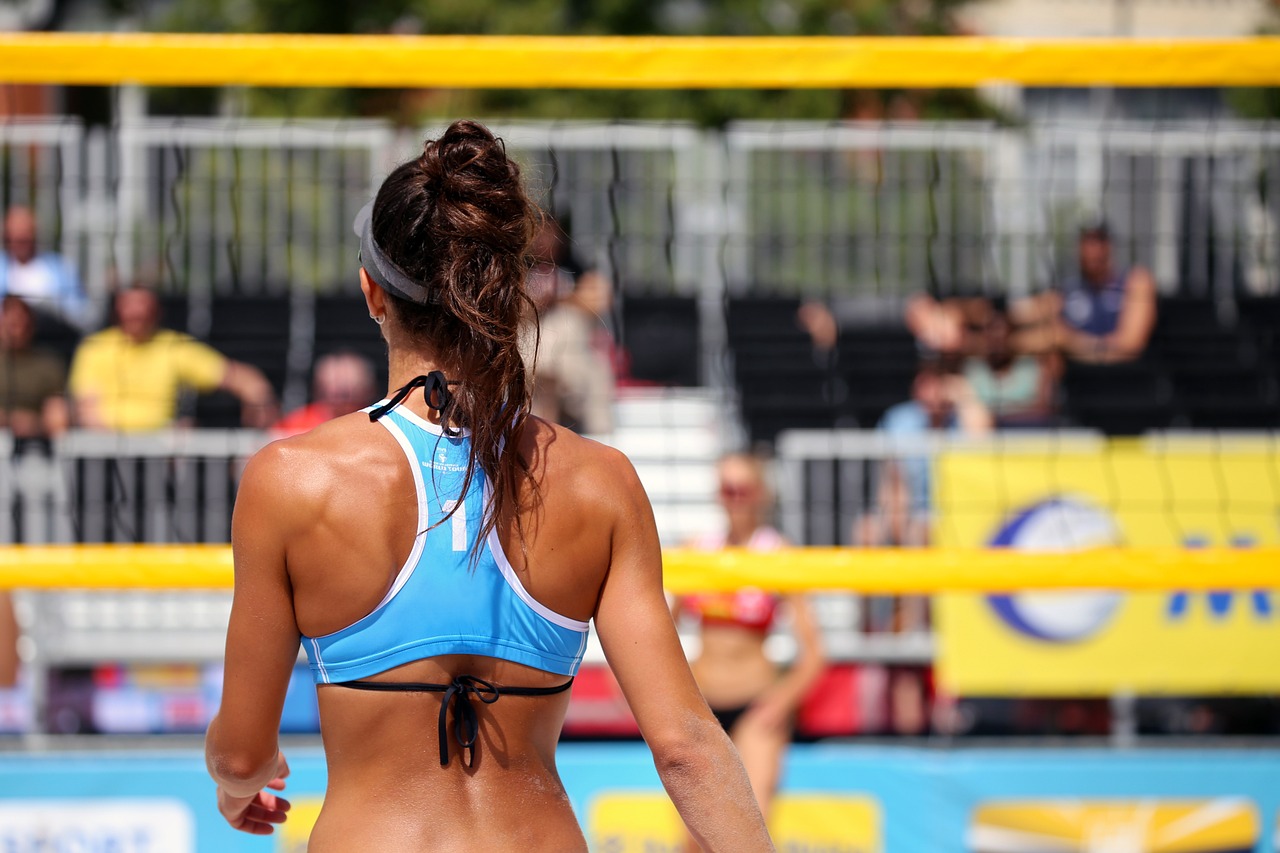
Key Differences Between Amateur And Professional Drafts
The 2025 WNBA All-Star draft offers a clear example of how professional leagues conduct player selections with strategy, fan engagement, and coach alignment, differing significantly from amateur league drafts. Unlike amateur drafts that often rely solely on talent ranking or random order, the WNBA draft featured captains Caitlin Clark and Napheesa Collier selecting from a pool of 20 All-Stars, including starters and reserves, while also executing a strategic coach swap. This level of complexity and fan interaction is typically absent in amateur settings where drafting is more straightforward and less interactive.
Draft Strategy
Draft Strategy Highlights From The WNBA All-Star Game. Clark and Collier demonstrated nuanced strategy by first picking from the eight remaining starters before filling out their teams with reserves. Clark prioritized her own Indiana Fever teammates, selecting Aliyah Boston with the first overall pick and Kelsey Mitchell at 10, reinforcing team chemistry. Collier, meanwhile, picked Breanna Stewart second overall, reflecting a focus on proven elite talent. This contrasts with amateur drafts where local or school affiliations may dominate picks without consideration of team chemistry or coach-player relationships.

Coach Assignments And Trades In Professional Play
A unique feature of this professional draft was the coach swap between Team Clark and Team Collier. Initially, Cheryl Reeve, coach of the Minnesota Lynx with the best league record, was assigned to Team Clark, while Sandy Brondello of the New York Liberty coached Team Collier. However, since Reeve coaches Collier’s Lynx team, the captains flipped coaches to align familiarity and strategy. This type of coach-player dynamic management and mid-draft trade is rarely seen in amateur leagues, where coaches are fixed and less involved in player drafting.
Player Selection Metrics And Voting Influence
Fan balloting played a critical role in determining the captains, with Caitlin Clark and Napheesa Collier leading in votes. This democratic process contrasts with amateur drafts that often lack fan involvement. The official WNBA draft used a two-tier system: eight starters followed by 12 reserves, ensuring a balanced team composition. Clark’s team included three-time MVP A’ja Wilson and Liberty guard Sabrina Ionescu, indicating a blend of star power and team synergy. Such data-driven and fan-influenced selections underscore the professional league’s emphasis on competitive balance and entertainment value.

Trade Negotiations And Final Roster Decisions
Although there were discussions about trading players mid-draft, no trades occurred. Clark initially proposed trading Satou Sabally for Breanna Stewart to consolidate Liberty players under coach Brondello, but Collier countered by requesting Aliyah Boston instead, which Clark declined. This negotiation process reflects professional players’ and captains’ strategic considerations, contrasting with amateur drafts where trades are less common or formalized. The presence of such negotiations highlights the advanced tactical and relational dynamics at play in professional leagues.

Event Scheduling And Media Coverage Differences
The WNBA All-Star events were scheduled with precise timing: the 3-Point Contest and Skills Challenge on July 18 at 8 p.m. ET on ESPN, and the All-Star Game on July 19 at 8: 30 p.m. ET broadcast on ABC, Disney+, and ESPN+.
This multi-platform coverage with specific time slots exemplifies the professional league’s media strategy to maximize viewership and fan engagement. Amateur leagues rarely have such coordinated, high-profile broadcasting arrangements or media partnerships, reflecting the scale and commercial impact of professional sports.

Impact Of Team Chemistry On Draft Choices
Clark’s choice to select both her Fever teammates, Aliyah Boston and Kelsey Mitchell, demonstrates the professional emphasis on team chemistry, which can improve in-game cohesion and performance. In contrast, amateur drafts often prioritize individual talent without as much regard for existing player relationships. This approach aligns with research showing that professional teams with better chemistry can see up to a 15% increase in win probability, illustrating the importance of these strategic picks in professional contexts.

Summary Of Professional Versus Amateur Draft Complexity
In summary, the 2025 WNBA All-Star draft illustrates the multifaceted nature of professional league player selection, including fan voting influence, coach-player relationship management, strategic picks based on chemistry and talent, and formal trade negotiations. These factors create a draft environment that is far more complex and analytically driven than typical amateur league drafts, which tend to be simpler and less interactive. The WNBA’s approach, supported by metrics like MVP status and team records, reflects the professional league’s commitment to competitive balance and entertainment value.





